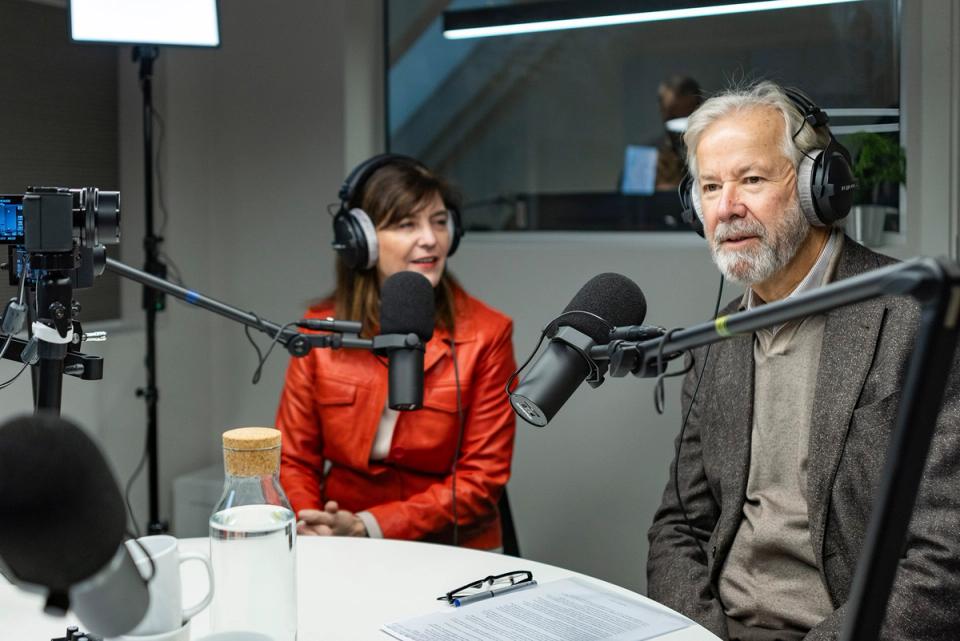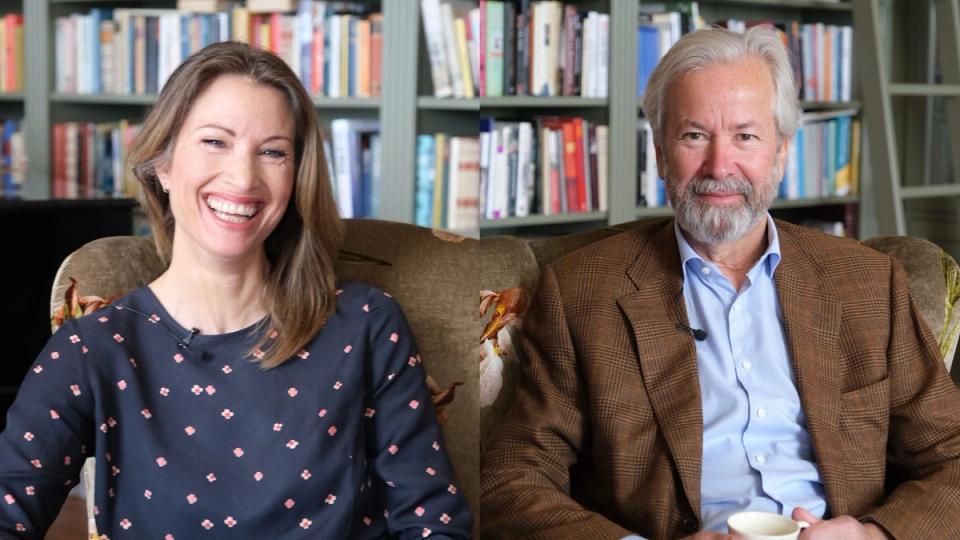22. august 2018
How the president’s lies changed the media

US media is still struggling to adjust to the president’s falsehoods and hostilities. It was drizzling in Washington DC January […]
US media is still struggling to adjust to the president’s falsehoods and hostilities.
It was drizzling in Washington DC January 20th2017. It was time for the symbolic change of power in a democratic society – outgoing president Barack Obama was leaving The white house, incoming president Donald Trump was taking over. Traditions where honored, the media coverage described the all the new and old presidents’ moves and handshakes, the first lady’s elegant robe, the defeated Hillary Clinton’s symbolic white suit. Donald Trump had pursued a highly unusual election campaign, filled with scandals, rough language and numerous falsehoods. The press was apprehensive, but hopeful. Perhaps the institution of the White house would constrain the incoming president, maybe the weight of the oval office would restrain and normalize Mr Trump?
If president Trump felt any heaviness from the weight of history, any pressure to behave like previous presidents (“presidential”), there was no sign of it. Shortly after the ceremony, Trump delivered his first lie as president.
In a speech to the intelligence community he claimed that it stopped raining when he held his inaugural speech. On the videos from the speech one can clearly see the rain falling and how many spectators put on rain ponchos. The following day, the president sent his press secretary Sean Spicer to defend another lie: That more people than ever had attended the presidential ceremony. It was wrong, and this too was easy to fact check. Anyone who sees a picture from January 20th2017 and January 20th 2008 can tell the difference. The city’s transportation authorities confirmed there were fewer people in transit this day than the same day eight years earlier. Confronted with the falsehood, the president upped his game with advisor Kellyanne Conway arguing The white house had “alternative facts” to back up the presidents’ claims.
There was an uproar. Alternative facts! Today, hardly anyone would raise an eyebrow to such a statement coming from the Trump administration. We have become used to the presidents’ lies. No president in modern history has delivered anything close to as many falsehoods as Mr. Trump in his time in office.
When the Washington Post started its project to count the president’s lies his first 100 days in office, they found an average of 4,9 false claims a day. (To be fair, not every falsehood is a lie. But they were all false. For a debate on when to call a falsehood a lie, see this paper from the Reuters Institute[1]). And the president seems to increase the amounts of falsehoods the longer he’s in office. In his first year, Mr Trump made 2.140 false or misleading claims. Six months later he almost doubled that number. In fact, in June and July 2018, the president averaged 16 false claims a day. This is not normal, neither for politicians or others. According to research, an average person lies about twice a day. Young people lie more than older folks, men lie a little more than women. Though it is not unusual for politicians to bend the truth, to spin and deliver half truths tomake themselves look good, the amount of falsehoods coming from The white house today is unprecedented. And it has shaken the relationship with political journalists to the core.
The relationship between a political journalist and her source, has been described as a dance: it requires a high degree of trust from both parties, and one can lead, but not be sure the other will follow. The politician will always try to influence what and what way news is reported, but can never control neither content nor the angle. The relationship has always been dependent on a certain amount of trust from both sides. In the era of Donald Trump this relationship has fundamentally changed. The rhythm that defined the dance – the trust -is gone.
The media has been slow to adapt, and it is not clear the media has found any efficient way to deal with this new era, this new style of politics. There are many attempts, however. Through interviews with numerous key players in US media, I have identified at least five different strategies:
- Keep doing what they’re doing. This is the official strategy of both The New York Times and The Washington Post. More and better journalism is the only cure. Both publications have been reluctant to label the falsehoods “lies”, though they occasionally do.
- Others, particularly newer and more web-based media companies, are less hesitant to use the word lie. Both the Huffpost and Buzzfeed use this word when the president presents information that is false, and when it is clear that he has access to the correct information.
- Don´t repeat the lie: We know that a falsehood repeated many times will stick, even when described as a lie or falsehood. Buzzfeed told me this is why they pay particular attention to how they write their headlines and social media share lines.
- Use more sources off the record. Knowing sources in The white house often lie, many journalists have turned to more off the record-interviews. One article from the Washington Post used more than 30 anonymous sources.
- Focus on the president´s policies, not his false statements.
Another aspect of the relationship between the 45thpresident and the media, is the open hostility. Mr Trump has repeatedly called the media “the enemy of the people”, which has caused predictable and understandable uproar in the DC press corps. Turning this into a news story with the media as the protagonist in its own reporting, does not seem to cause much sympathy however. While a part of the public shares the frustration, a big part of the American people have low trust in the media. (See Reuters Digital News Report 2018[2])
The conflict between the president and the media is in the president´s interest: The more tense the conflict becomes, the more will the public be forced to take sides. A great majority of Republicans, already say they trust the president more than they trust the news media.
There is no clear solution: There is a civil crisis in the US, where a sizeable part of the electorate does not respect or trust the ones holding power accountable. US media needs to explore ways to keep and regain the public’s trust – it is the only way they can do their job. If the amount of people not trusting the media is big enough, the president can do whatever he wants: there will no longer be any power in journalism.
Short about the author:
Heidi Taksdal Skjeseth (f.1980) is a writer and journalist. She worked as Dagsavisen’s USA correspondent from 2010 until 2016, and have reported from over 40 countries. She holds an MA in Journalism from Columbia University, and attended the Reuters Institute in Oxford as a fellow in 2017. Heidi just launched a new book in Norwegian on disinformation and Donald Trump. The book is called “Løgn. Hvorfor Trump lyver og hva det gjør med oss”, and can be found here.
What is “Tinius Talks”? Tinius Talks are articles, videos, podcasts or debates by specialists on the future of journalism, fair tax policies and ethics in algorithms – shared by the Tinius Trust once a month throughout 2018.



